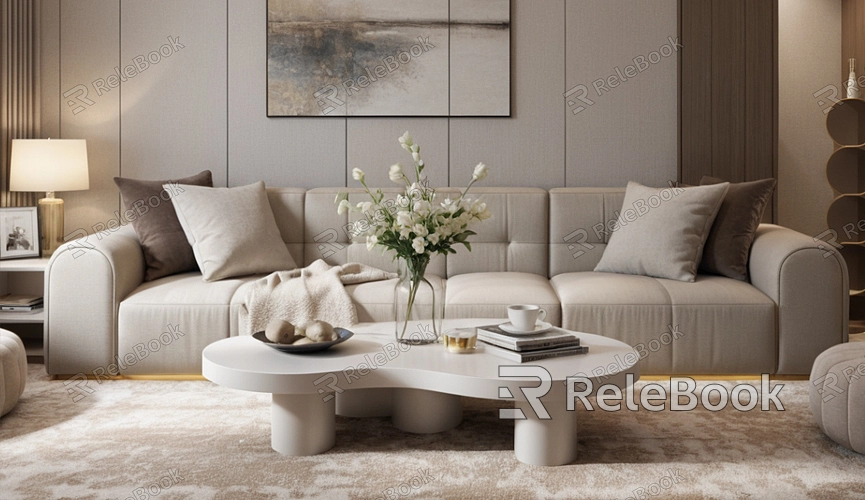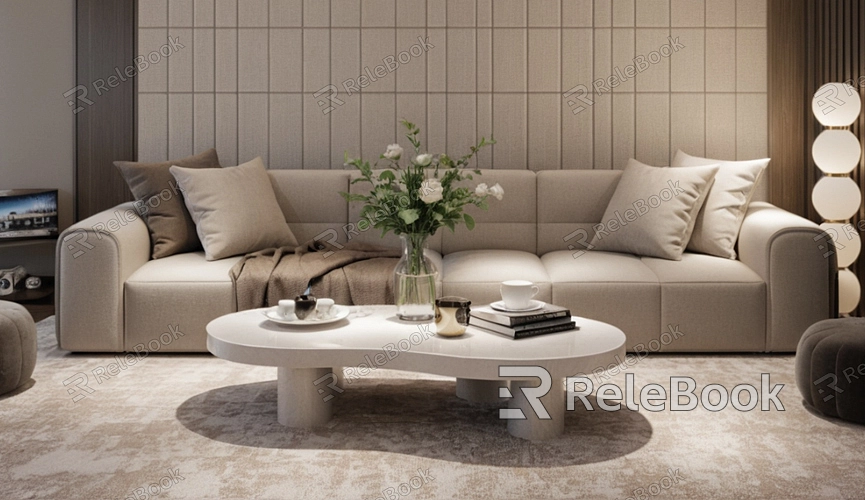What Is the Workflow for Creating 3D Models?
In modern design, the application of 3D models is becoming increasingly widespread. Whether in gaming, animation, or architectural visualization, 3D models are essential components. This article will introduce the workflow for creating 3D models, helping readers understand the importance of each step.

Concept Design
Before starting the modeling process, it's crucial to have a clear concept. This phase can involve sketches, reference images, and written descriptions to express ideas. Consider the model's purpose, style, and details. Clarity in design will lay a solid foundation for the subsequent modeling work.
Choosing Tools
Selecting the right modeling software is very important. Currently, many tools are available, such as Blender, Maya, and ZBrush. Each software has unique features and suitable applications. Understanding the pros and cons of each tool can help designers work more efficiently.
Creating Basic Shapes
Using the chosen software, start building the basic shapes of the model. Begin with simple geometric forms like cubes and spheres. The goal at this stage is to quickly establish the overall structure of the model, preparing for the addition of further details.

Adding Details
Once the basic shapes are complete, the next step is to add details. This includes carving, extruding, and cutting. By adjusting edges and enhancing details, the model can achieve a more realistic appearance. Designers should pay attention to proportions and shapes, ensuring each part is harmoniously unified.
UV Unwrapping
After detailing, proceed with UV unwrapping. UV unwrapping is the process of converting the surface of a 3D model into a 2D plane. This step is crucial as it provides a foundation for subsequent texturing and mapping. Accurate UV unwrapping can prevent texture distortion later on.
Texturing and Materials
Next, designers can begin adding textures and materials to the model. Software like Photoshop or Substance Painter can be used to create realistic material effects. This step is key to enhancing the model’s visual quality, adding realism and depth.
Lighting and Rendering
Once the model is complete, the next step is to set up lighting and render the scene. Lighting setup can significantly impact the final result, so designers can adjust the position and intensity of light sources as needed. Rendering is the process of converting a 3D model into a 2D image, which may take time but usually yields satisfying results.
Post-Processing
After rendering, post-processing is often necessary. This can include color correction, effect additions, and detail adjustments. Through post-processing, designers can further enhance the image quality, making it more professional and appealing.
Output and Sharing
Finally, the completed 3D model can be exported in various formats for use on different platforms. Designers can share their work on social media, personal websites, or model libraries to showcase their creativity and skills.
The workflow for creating 3D models involves multiple stages, from concept design to output and sharing. Each step is crucial. Mastering these processes can help designers efficiently complete model production. We hope this article has been helpful; if you want to access more quality 3D models and textures, visit the Relebook website to download them.
FAQ
What is a 3D model?
A 3D model is a representation of an object made up of points, lines, and surfaces in three-dimensional space.
What software do I need to create 3D models?
Commonly used software includes Blender, Maya, and ZBrush; choosing the right tool for yourself is key.
What is the purpose of UV unwrapping?
UV unwrapping is the process of converting a 3D surface into a 2D plane, providing a basis for texturing and mapping.
What’s the difference between texture and material?
Textures are images applied to models, while materials refer to surface properties; together, they enhance realism.
How can I improve rendering quality?
You can improve rendering quality by adjusting lighting, materials, and post-processing, with detail adjustments also being crucial.

